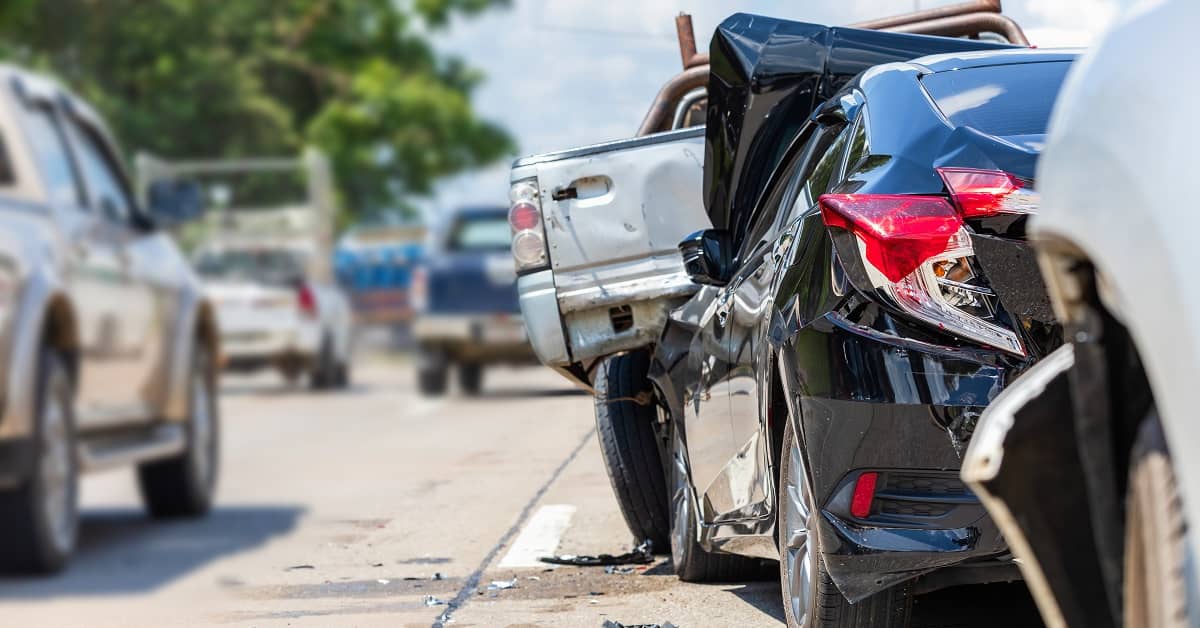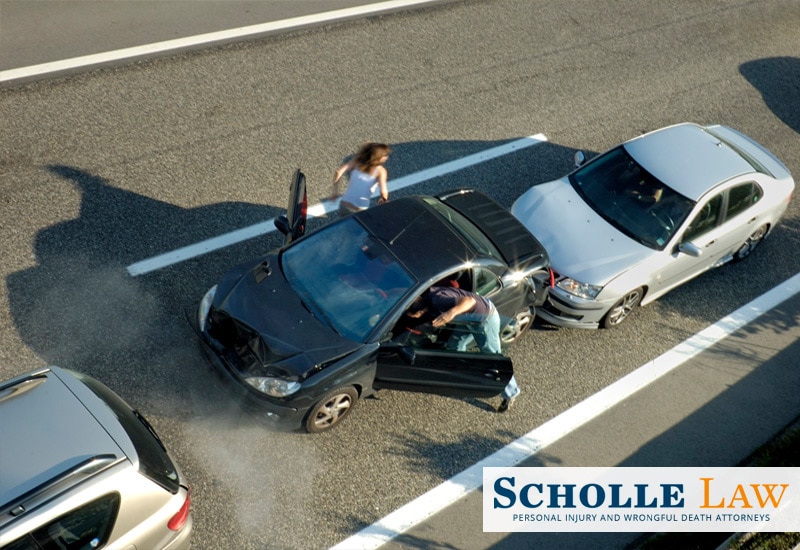most rear end accidents are caused by following too closely
In nearly half of rear-end collisions the driver following the vehicle failed to react to the stoppedslowed vehicle due to being distracted or not paying attention. When this happens you will have a better chance of avoiding a rear end collision by following the three second rule.
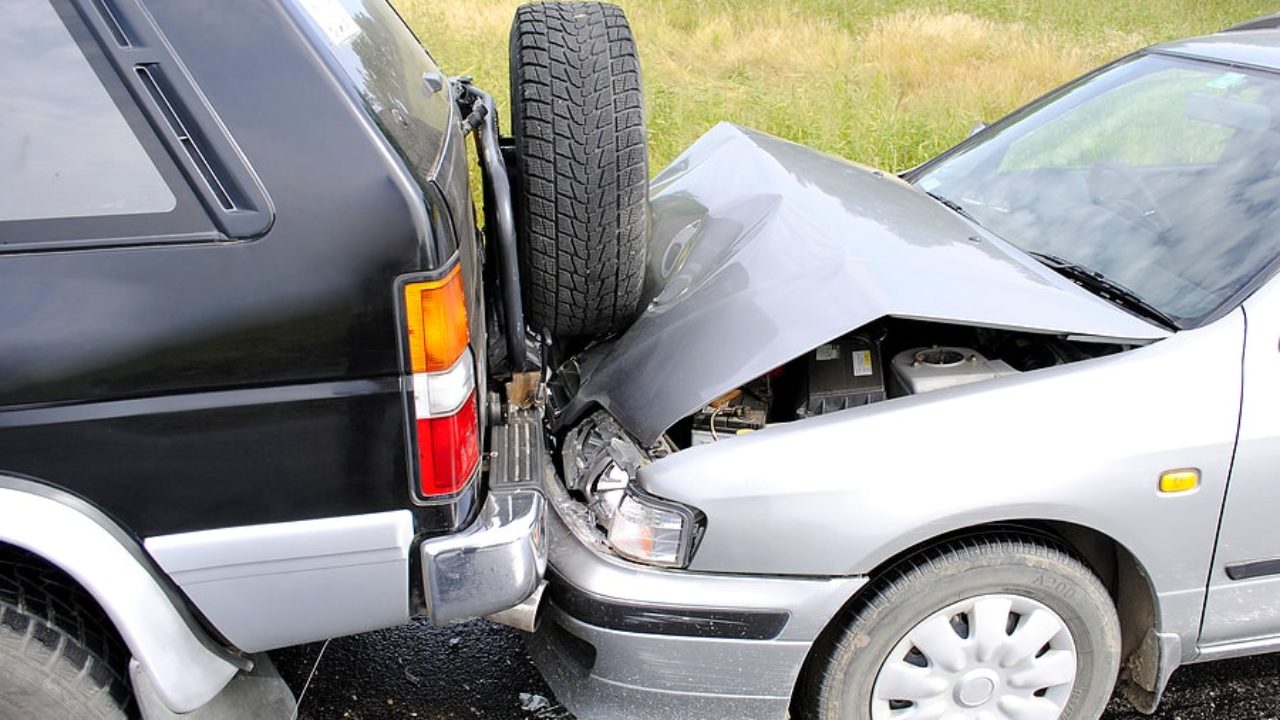
Rear End Collisions Are The Most Frequent Type Of Collision Abels Annes P C
Most rear-end accidents are caused by following too closely.
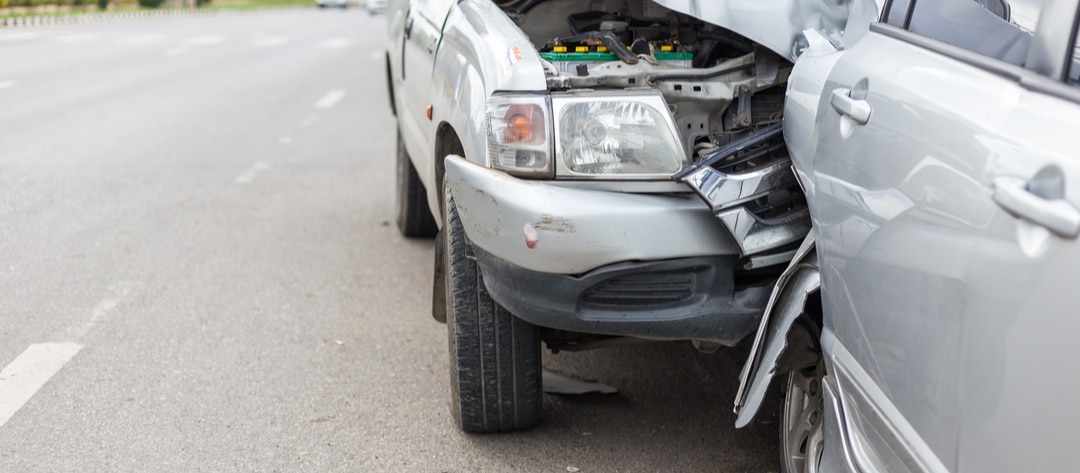
. Use a 3-4 second following distance except in hazardous weather conditions where you should increase your distance. WHAT CAUSES MOST REAR-END ACCIDENTS. Brake suddenly without cause or warning.
The goal of Task 1 of the current proj ect was to analyze results of 100-Car Study to attain in-depth understanding of rear-end crashes near-crashes and incidents as a basis for identifying enhanced signal. In these cases you might find that the manufacturer is liable or at-fault. Otherwise the driver may.
Examples of these are using a cell phone while driving and other distractions like talking to passengers. Moreover another vehicle pedestrian or even road conditions may have been a contributing cause of a rear-end collision. Illinois Practice Test 12.
Following a vehicle too closely is the cause of most rear-end crashes. The driver who is cited for following too close or a failure to stop will be the person assumed at fault in the accident until evidence supports otherwise. Damages from rear-end collisions are usually not serious but the occupants in the hit vehicle often suffer the most injuries.
The vehicle in back following too closely. WHAT CAUSES MOST REAR-END ACCIDENTS. Choosing to speed or drive when tired as.
Before you turn left at an intersection look around carefully. In the majority of these cases the driver of the rear car is 100 liable due to hisher failure to drive in such a way as to have time to stop safely. Failing to pay attention D.
All of the above. Following other vehicles too closely C. The cause of many rear-end collisions is one vehicle following another vehicle too closelyoften called tailgating Depending on what state you live in tailgating is an infraction or a misdemeanor.
However there are other factors that play a major role as well. Following other vehicles too closely C. If a person is found to be tailgating theyre usually held liable for the accident.
Theyre ordinarily caused by one vehicle following another vehicle too closely. Weaving in and out of traffic Following other vehicles too closely causes most rear-end accidents. Most rear-end collisions are caused by the vehicle in back following too closely.
While the rear driver is often at fault for following too closely or distracted driving the lead driver can also be at fault. If you pass the fixed object before saying three one thousand you are following too closely. Other causes are in a drivers control and can result in a rear-end collision for which they are found negligent.
Most rear-end collisions occur during daytime hours on dry straight and level roads. Tailgating the most common cause of a rear-end accident is when a driver is following the car in front of them too closely. Driving too fast for conditions is a major cause of motor vehicle crashes.
Here are some of the traffic violations that might come into play when a driver causes a rear-end accident. They also often occur because drivers are distracted or speeding. Being inattentive to surroundings can cause a driver to collide with other vehicles.
There is less time and space to react to a need to stop suddenly when drivers do not keep a safe distance from the car that is ahead of them. Illinois Practice Test 31. Most rear-end collisions are caused by.
Rear end accidents are often the evidence of following too closely especially in wet or icy conditions. However the lead driver may be liable for a rear-end collision if they. You can see a photo of my clients broken arm humerus in a sling.
Other drivers tailgating or following too closely Tailgating generally is the most frequent cause of rear end collisions. Looking in your rearview mirror too often B. Looking in your rearview mirror too often B.
This questions appears in the following tests. That said some rear end accidents can lead to bigger payouts. Looking in your rearview mirror too often B.
Rear-end accidents are the most common auto accidents in the country. However if the lead driver erratically switches lanes and cuts off the driver who is behind and slams on the brakes the lead driver could potentially be held liable for the collision. Mechanical failure will often accompany following too closely.
Rear end accidents are often preventable a term used by professional drivers wherein the driver strives to do everything reasonable to avoid the collision. In most collisions the driver was following too closely to the car in front of it. Excessive speed under the driving conditions.
Potential of enhanced rear-signaling systems to alert following drivers or provide additional cues regarding lead vehicle dynamics. Following at a safe distance will help prevent accidents. In many cases rear-end collisions are caused by the rear driver following too closely not paying attention or being distracted.
Stop abruptly at a green light eg because theyre talking on the cell phone. Our client was driving her 2000 honda. Following other vehicles too closely C.
Most rear-end collisions are caused by drivers following other vehicles too. Definitions vary but you can typically be cited for. Vehicles may stop suddenly due to emergencies.
The rear-end collisions will always come down to following too closely. In most cases the one who hits the front vehicle is at fault but they may not have caused the. Driving too closely or tailgating is also a significant problem in this state.
Tailgating often cited as following too close results in a failure to stop in time and is a primary cause of rear-end accidents nationwide. Most cases of rear end accidents are caused by the driver of the rear car either following too closely andor driving too fast to allow them to come to a safe stop ifwhen the driver in front of the slows or stops quickly. Although that might be a presumption its a rebuttable presumption.
Rear-end collisions are most often considered to be the fault of the driver of the vehicle in the rear who was following too closely behind the vehicle in front. Failing to pay attention D. Following other vehicles too closely.
The most common type of motor vehicle accidents are rear-end crashes which occur from a driver following too closely. The vehicle in front stopping too quickly B. Mechanical failure for example if the brakes fail will result in a rear-end.
Weaving in and out of traffic.
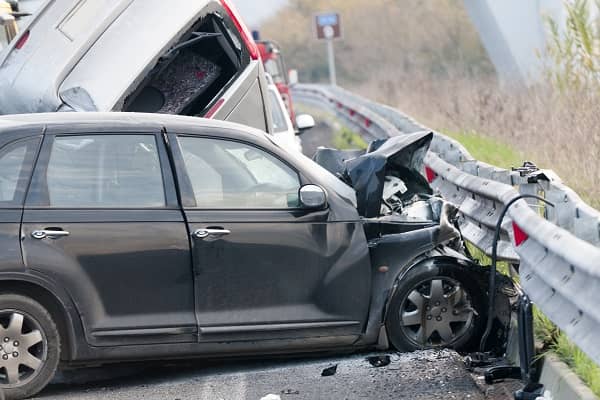
Avoiding Rear End Collisions Markel Specialty

Tips For Avoiding A Rear End Car Accident In Indiana

Who Is At Fault In A Rear End Collision Bruscato Law Firm
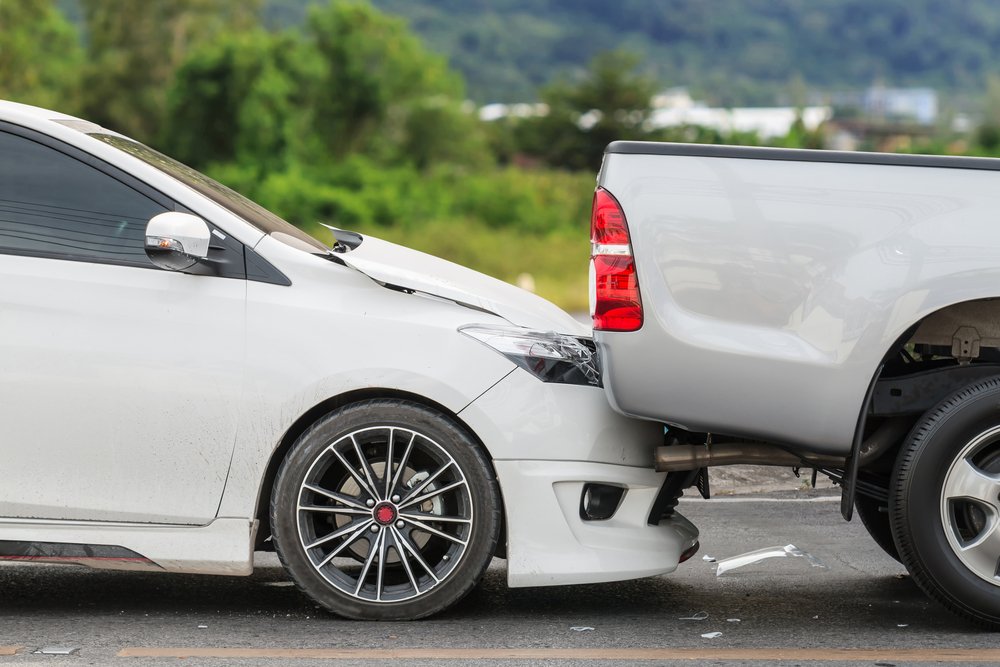
What Is The California Vehicle Code For Rear End Collision

Florida Rear End Collision Lawyers Rear End Collision Lawsuit

From A Chicago Car Accident Lawyer Common Car Accident Injuries

Facts About Rear End Collisions Kearney Freeman Fogarty Joshi Pllc

Types Of Car Accidents Auto Wrecks And Collisions In Georgia

Where Do Broadside Collisions Most Commonly Occur Kenny Perez Law

Who Is Liable In A Rear End Collision Musgrave

Fog Lights Brakes Car Warning Lights External Lighting

Who Is At Fault In A Chain Reaction Vehicle Accident In California Krasney Law
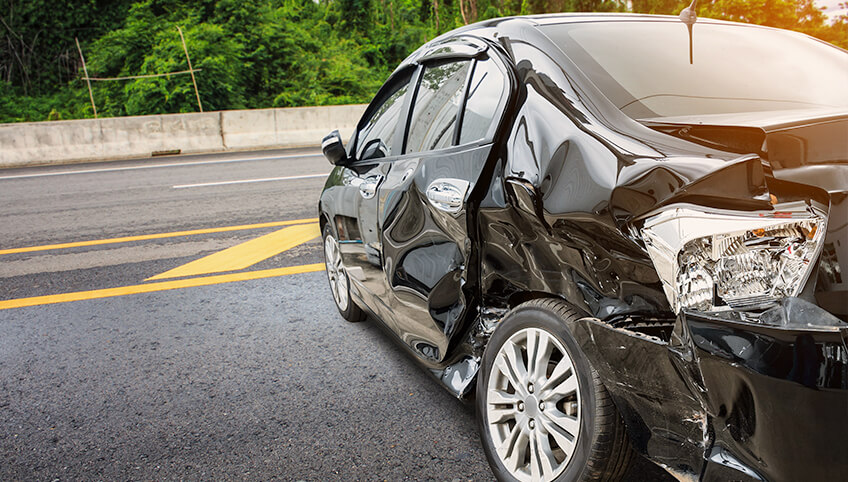
What To Do After An Automobile Accident In North Carolina Martin Jones Pllc
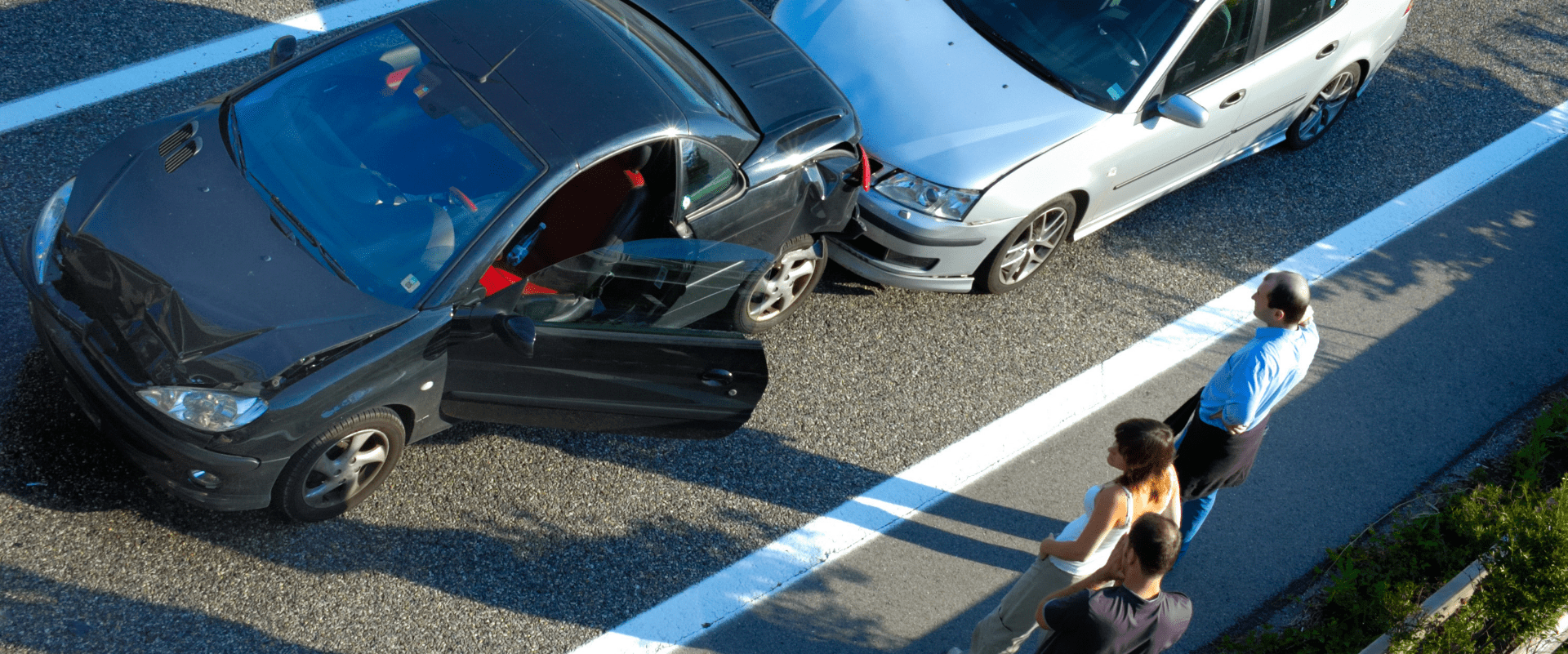
Who Is At Fault For A Rear End Collision In Missouri Law Stl

Different Types Of Car Accidents Kraft Associates P C
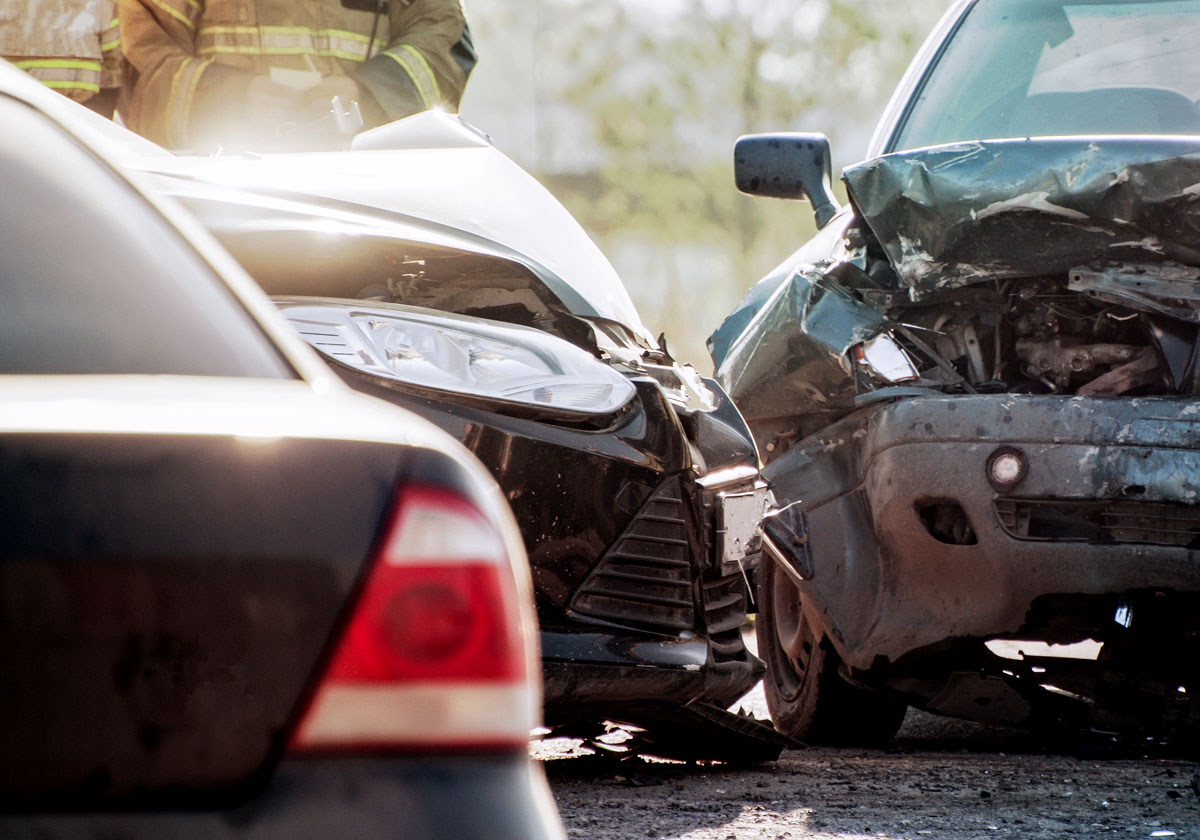
Seattle Car Accident Attorneys Boohoff Law P A

